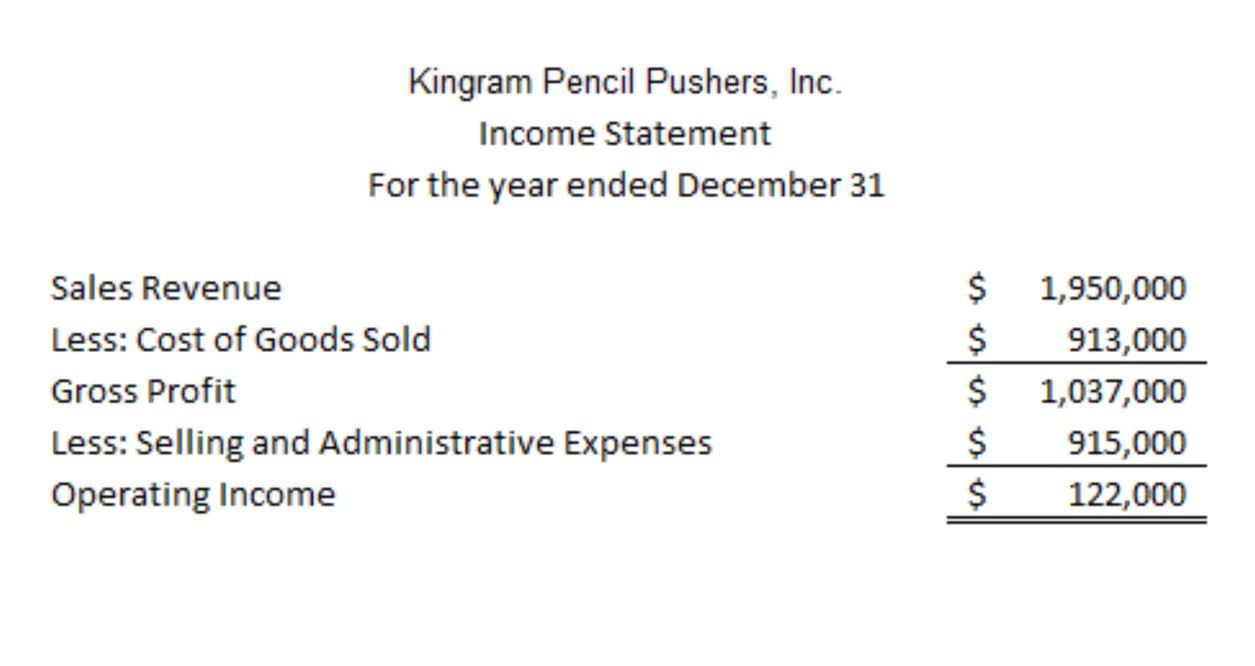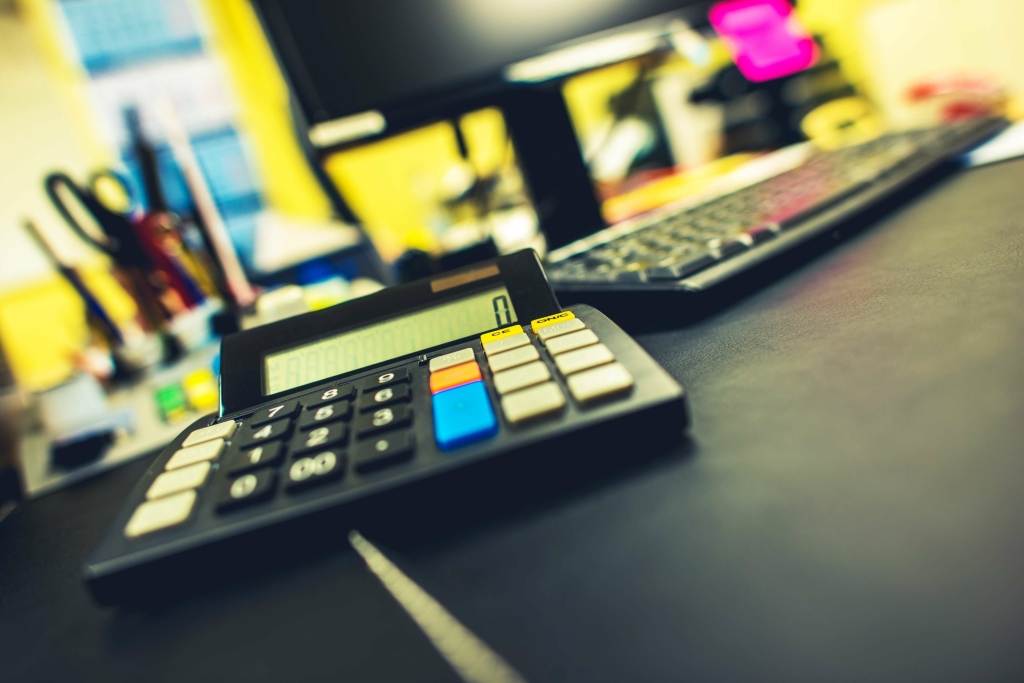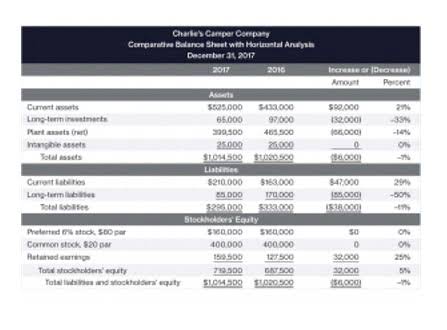
According to therevenue recognition principle, the company cannot recognize thatrevenue until it provides the service. Therefore, the company has aliability to the customer to provide the service and must recordthe liability as unearned revenue. The liability of $4,000 worth ofservices increases because the company has more unearned revenuethan previously. Every valid business transaction financially impacts the entity’s financial position. This impact refers to the increase or decrease in the accounts identified in the first step. In the double-entry accounting https://www.bookstime.com/ system, every transaction affects at least two accounts.

Analysing and recording business transactions
One benefit of using special journals is that one person can work with this journal while someone else works with a different special journal. Accruing tax liabilities in accounting involves recognizing and recording taxes that a company owes but has not yet paid. This is important for analyze transactions accurate financial reporting and compliance with… Our Chart of Accounts has a Rent Expense account for us to record rent.

Step 3 of 3

We are paying for the office supplies we purchased “on account” in Transaction 2. We are paying $2,290 of that bill which will leave a balance of $1,010 in Accounts Payable which we will pay at a different time. Companies might employ multiple accounting periods, but it’s crucial to note that each period solely reports transactions within that time frame.
Step 2 of 3
Note there is a single column for both the debit to Accounts Receivable and the credit to Sales, although we need to post to both Accounts Receivable and Sales at the end of each month. There is also a single column for the debit to Cost of Goods Sold and the credit to Merchandise Inventory, though again, we need to post to both of those. Accountants use special forms called journals to keep track of their business transactions. A journal is the first place information is entered into the accounting system.
- In the purchases journal, using the perpetual method will require we debit Inventory instead of Purchases.
- We may earn a commission when you click on a link or make a purchase through the links on our site.
- The dynamic price check tool lets you identify which of your prices are dynamically updated.
- For example, Bright Productions purchased tables and chairs for $6,000.
- Remember that the accounting equation must remain balanced, andassets need to equal liabilities plus equity.
- In simple words, we can say that the cash account is classified as an asset account and Robert’s capital account is classified as an equity account.
- The Accounts Receivable control account in the general ledger is the total of all of the amounts customers owed the company.
- Accruing tax liabilities in accounting involves recognizing and recording taxes that a company owes but has not yet paid.
- Once students grasp that concept of how transactions impact the Accounting Equation, we introduce T-Accounts so students can see what happens in the individual accounts in a visual format.
- The purpose of showing three different methods is to first introduce the concept of how the Accounting Equation is impacted by transactions.
- The total of all of the cash disbursements for the month would be recorded in the general ledger Cash account (Figure 7.27) as follows.
- Consequently, it would not be possible to draft acceptable financial statements from such records.
- The transaction analysis for this can be evident from every transaction’s impact on the account statements.
- LO 2.2Using the information in Exercise 2.6, determine the amount of revenue and expenses for Olivia’s Apple Orchard for the month of September.
Back in Transaction 2, we purchased $3,300 of office https://www.instagram.com/bookstime_inc supplies. We’re putting all those supplies in an office supply closet. Then, as we take office supplies out of the supply closet, the inventory value drops. At the end of the month, we need to determine how much we actually used for office supplies during that time.
- The second step of transaction analysis is to ascertain the nature of the accounts identified in the preceding step.
- The increase to assets would bereflected on the balance sheet.
- Let’s summarise the transactions and make sure the accounting equation has remained balanced.
- At the end of the month, we would post the totals from the sales journal to the general ledger (Figure 7.19).
- We’re either paying for it now (like at the cash register of the office supply store) or we’re paying for it later when the company sends us a bill.
